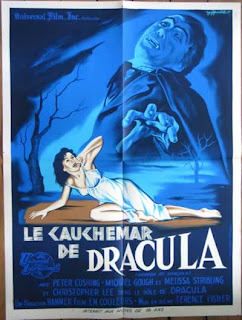The story is framed by one week in the Loony family as their elderly parents announce they are getting divorced after 40 years of marriage, and all three generations of the family come together. The divorce itself, and the reasons for it, are not the focus. Instead it’s the children’s reactions to it, which are used as a starting point to explore three essentially very different lives and dissect the family unit through a multi-perspective format. An anthropological study in a narrative. The family home is also used as a central point in memory and ethereal experience of the mundane and personal history; the power of the graphic novel perhaps lies in its handling of the minute details of experience, the significance in the small – whole pages given to sequences of the seemingly banal.
Dash Shaw’s drawing is at first something of an acquired taste, at first too rough and incomplete to grab your attention, the disparate approaches to the children for example, and the human form, but in the end it feels like an accomplished handling of the subject, as intricately linked to the books as any other part of it, and as much for character purposes as an unintentional idiosyncrasy.


The book plays with the form to some extend; frames are sometimes given an entire page to allow for an experience or atmospheric significance rather just pure narration. Formal devices (diagrams, cut throughs, viewing found objects in a first person perspective) are used to add to the nuance, the discovery. In the language of the graphic novel, the themes of a film or novel can be explored without the need for a dramatic confrontation, strict focused narrative , or forced dialogue that can in other mediums become a crutch to fall or a necessary device to satisfy the audience Perhaps it’s a testament that scenes of masturbation do not descend into farce or absurdity, instead adding strange realism and conveying where a character is instantly.

Issues of self perception are handled in an incredibly inventive way (which I would ruin if I explained here), and at over 700 pages the slow burning story which is given space to breathe, but every panel is made to count. The greatest praise for a graphic novel in this circumstance is that it has made a story that would be too slow moving and insignificant to be filmed, and without enough dramatic content fill prose beyond a novella, utterly compelling.
















